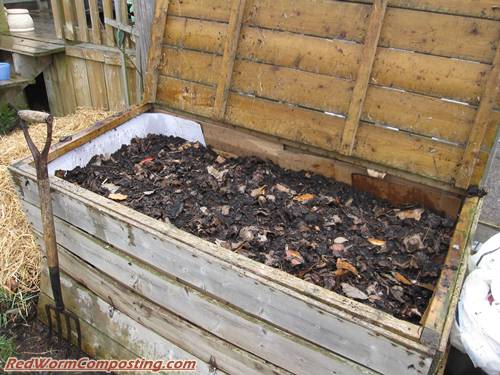Everything to Know about Vermicomposting or Worm Composting
Here, we will try to explain what vermicomposting is and everything in the gardening world that requires this method. Specifically, it is a scientific technique for composting. The primary material used in this process is earthworms.

There are many ways to compost, and it is a widespread technique in the gardening world. Seeing that fertile soil must contain high nitrate and minerals such as phosphorus, magnesium, calcium, and potassium, then earthworms are suitable.
As we mentioned earlier, this composting technique needs to be done with great care. Otherwise, the soil quality is the same and will not have any improvement. So later, this technique is further divided into the bed and pit methods.
Everything You Need to Know About Vermicomposting
Do we want to ask why you throw all the food scraps in the landfill? If so, did you know this is a good asset for building nutrient-rich soil? And worm composting is a relatively easy method to start with.
We all cover almost everything needed to use and apply the vermicomposting technique. If you are also planning to start this method, let’s dive right into it. And if you want to dive into it, start by understanding some of the main points of this method, namely:
- Aim and Principle
Many have asked what exactly is the purpose of this technique. In short, the purpose of using this plantation technique is to make better biodegradable waste. The principle is to prepare all the basic things that are needed.
- Materials Required
What materials will be used to start this composting technique? Water, cow dung, thatch roof, and soil or sand are the essential ingredients that must be prepared from the start—coupled with gunny bags, weed biomass, a large bin, and earthworms.
- Location and Environmental Conditions
The choice of location and environmental conditions will be essential when starting the vermicomposting technique. As much as possible, create comfortable soil for worms. They thrive in temperatures between 13 to 25 °C and are sensitive to light and warmth.
- Procedure
We will tell you that quite a long time will be needed to start this process. You need to prepare the soil as thick as 2-3 inches in advance in the tank. Next, put the worm into the soil and leave it exposed to the sun for 8-12 days.
- Advantages
The use of the vermicomposting technique is to develop the roots of the plants. This can happen because the worm will propagate to parts of the ground that were not reached before. This will also increase the physical structure of the soil and increase fertility.
- Disadvantages
Any form of excess will also end in a loss. Nothing stands out or does any harm, but it just takes a while to work. In addition, the bin must also be maintained so that it is not too dry or too wet.
Do you see this as a sensible thing to use worms for soil composting? This is one thing you need to do. Worm composting, or what is often referred to as vermicomposting, is a plantation technique that is currently popular.
Waste4Change also provides home-composting equipment and supplies for those of you who want to help optimize organic waste management. Find the tools here.



